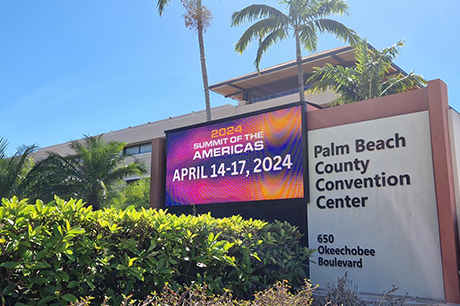The Middle East’s low-cost revolution led by Flydubai
By Kevin Rozario |

While the Middle East’s national airlines have been building their share of global traffic, low-cost carriers have been growing at a staggering rate averaging +35% per annum over the past five years.
TRBusiness has been given exclusive access to data from aviation analyst OAG which shows that LCCs will have flown 37m air passenger seats to, from and within the Middle East in 2014, compared to just 9m five years ago.
The data, based on OAG’s Schedules Analyser, indicates that LCCs are a force to be reckoned with even though they still do not command the same market shares as in Europe, the US and parts of Asia. Their split of scheduled airline seats in the Middle East is currently 13%, but growing.
The Middle East’s “quiet revolution” has initially taken place at a regional level, with the largest airlines based in the Gulf area. There are now over 40 LCCs operating in the Middle East including many from outside the region. Among the latter are Air India Express, IndiGo Air and SpiceJet which connect India and the Gulf Arab states.
‘LIKE BEEES TO A HONEYPOT’
“They have been attracted, no doubt, like bees to a honeypot, by the potential rewards of an affluent consumer base hungry to travel, and booming economies dependent on migrant labour,” says OAG.
A report by Frost & Sullivan, says that expenditure by outbound visitors from GCC countries is expected to rise from $55bn in 2013 to $216bn by 2030. Middle Eastern shoppers are also currently keeping tax free spending strong, as Russian spending wanes, in key markets like the UK according to Global Blue.
The UAE’s Flydubai commands 29% of all LCC airline seats in the region, and its rate of seat-capacity growth has averaged +92% per year since 2009. In 2014, Flydubai will have operated routes to 113 destinations from either Dubai International Airport (DXB) or Dubai World Central (DWC), plus one route between Djibouti and Yemen.
Air Arabia, also UAE-based, has averaged +12% growth in the same period and has a 22% share while Saudi Arabia-based Flynas has an +18% share and plans to have operated 6.6m seats to and from the Middle East in 2014, +41% more than in 2013. The next largest LCC is Air India Express with a 7% share.
Over the past five years these carriers have increased the density of flights and extended their route networks into Europe, Russia, India and Africa.
A HYBRID MODEL
Middle East LCCs operate on a model that is different to those in Europe, the US and Asia. For example, the average Flydubai sector length is almost 2,000km (see route map below), according to OAG, which is significantly longer than the average 1,300-1,400km operated by other LCCs such as AirAsia, easyJet, Ryanair and Southwest.

“Long haul low-cost is an integral part of the Flydubai business plan as the carrier took delivery of three B787-800s this summer and has four more on order,” says OAG. “Until its recent withdrawal from the international long haul network, Flynas was also extending the reach of its route network but having tested the waters this year with services to London from Riyadh and Jeddah, the airline found it could not achieve the hoped for load factors and announced it would be withdrawing from these routes and refocusing on domestic and regional services.
Flynas refers to its business model as Low Cost Plus, or LCC+ which includes a luggage allowance and free meals on board. Flydubai also has a hybrid model which includes full business class seats and a range of ancillary services. This allows it to accommodate interlining premium passengers from Emirates.
FUTURE OUTLOOK
Demand for air travel is rising due to a combination of rising disposable incomes, a growing middle class and expanding numbers of Generation Y entering the workforce in the Middle East.
OAG says: “Travel within the region will be a key market for LCCs, with large numbers of residents combining leisure travel with trips taken for religious purposes such as the Hajj. Equally, there will be opportunities for inbound LCCs from their current hubs as the region continues to develop its visitor economy; attracting more leisure and business travellers in addition to the existing transit passenger market.”
The analyst believes that future growth will focus on Africa, where Flydubai launched services to Tanzania and Uganda this year, as well as destinations in India whose exploding middle class now numbers 250m.
Alcohol insights: Conversion up, spend down in Q4
Conversion of visitors in the alcohol category in duty free has risen to 54% in Q4 2023,...
Heinemann Asia Pacific makes breakthrough in New Zealand at AKL
Heinemann Asia Pacific is set to enter the New Zealand market with three new retail concepts at...
Men buy and spend more in travel retail says new research by m1nd-set
Men have a higher conversion rate and spend more when shopping in travel retail, says new...

In the Magazine
TRBusiness Magazine is free to access. Read the latest issue now.

 Trbusiness. The travel retail Trbusiness. The magazine for global retail and duty free professionals.
Trbusiness. The travel retail Trbusiness. The magazine for global retail and duty free professionals.





















